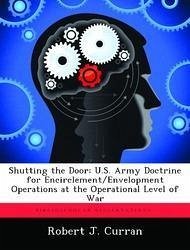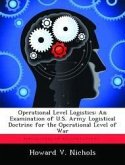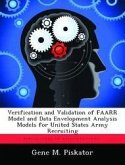This study is an historical analysis of how encirclement and envelopment operations are important to current U.S. Army doctrine as professed in FM 100-5, Operations. The basic tenets of AirLand Battle, how doctrine is a guide for commonality within the armed services, and five World War II and School of Advanced Military Studies NATOEX operations are looked at to discover possible lessons learned and their applicability for inclusion in current doctrine and for use by current commanders. Among the many conclusions which were drawn from this investigation area coalition warfare, unless greatly rehearsed, will serve as a detriment to the successful conduct of an encirclement operation; lack of unity of command over the operation, unless created from the onset of the operation will result in less than the desired results because of the respective commanders'; concern with their areas of operations and not the big picture; planning considerations must include size and composition of attacking force, use of artillery, reserves, and combat service support at a minimum; and finally educational preparation of the commanders and staffs on the procedures for conducting an encirclement is needed to insure a cogent plan and operation. The study concludes that the conceptual framework furnished in FM 100-5, Operations and other assorted U.S. Army manuals dues not contain the appropriate amount of guidance for conducting an encirclement operation. The doctrine as stated by the Soviets does contain information that could prove beneficial to U.S. Army doctrine writers and should be closely studied for possible ideas and conclusions that might prove applicable to our new style of warfare.
Hinweis: Dieser Artikel kann nur an eine deutsche Lieferadresse ausgeliefert werden.
Hinweis: Dieser Artikel kann nur an eine deutsche Lieferadresse ausgeliefert werden.








